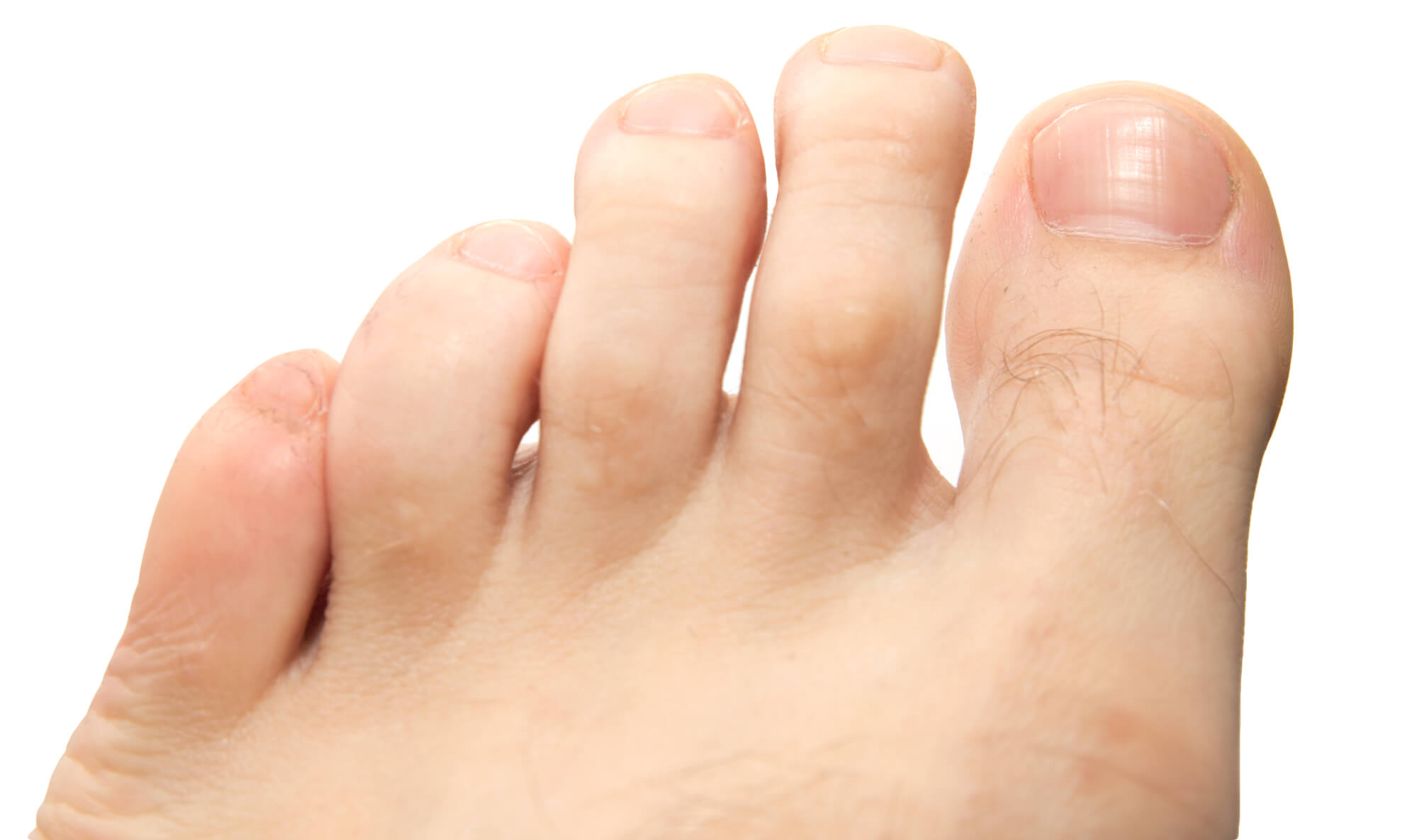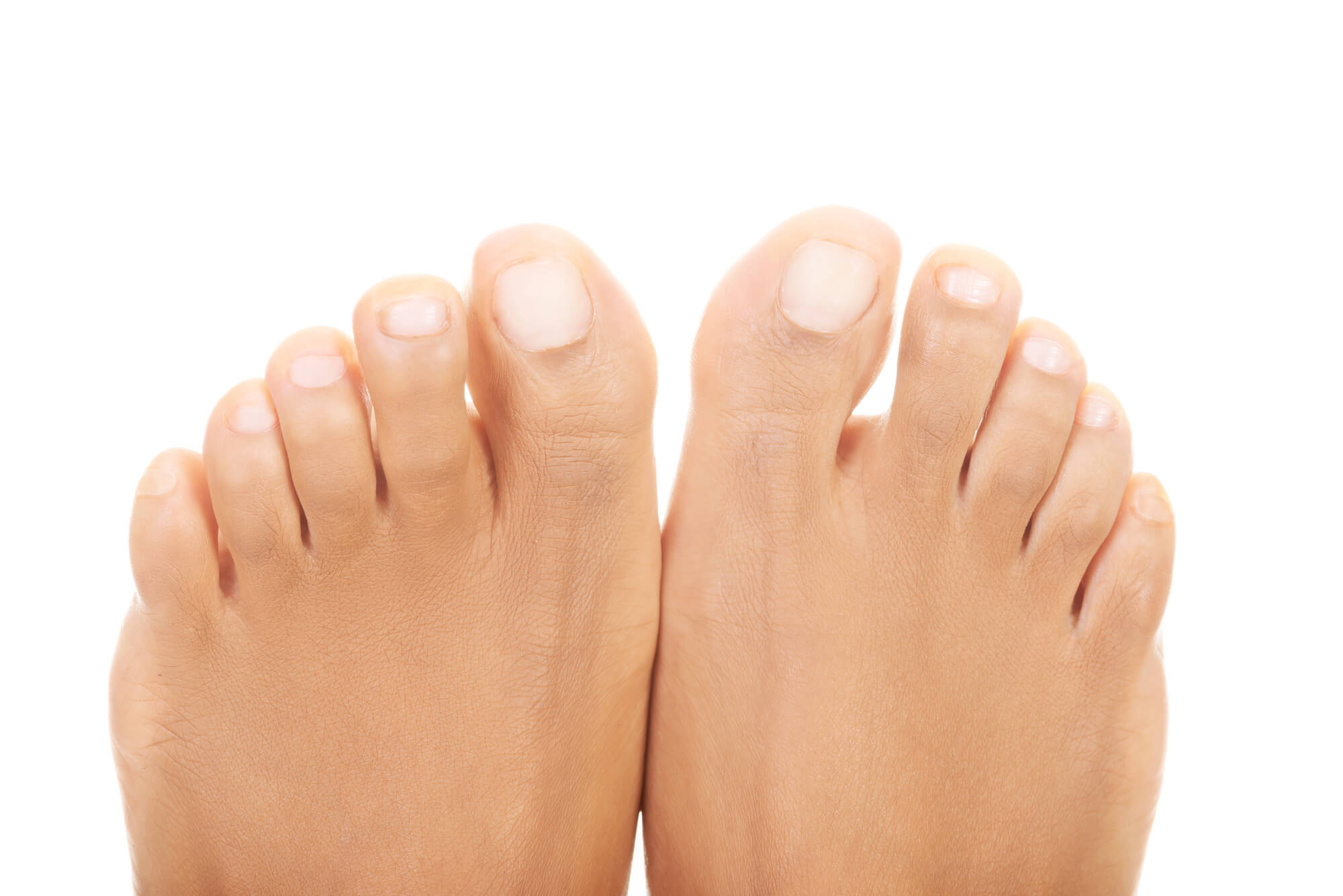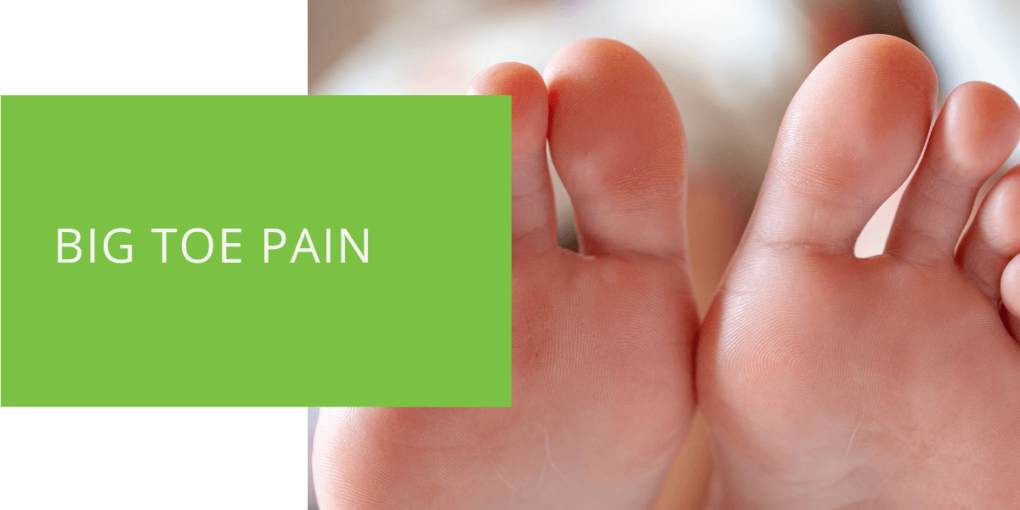Understanding and Managing Big Toe Pain
Big toe pain is a common foot problem that can cause pain and discomfort in the big toe joint. The big toe is a critical part of the foot and plays a vital role in walking and other daily activities. If you're experiencing pain in your big toe, it's important to understand what's causing it and what treatment options are available. This article will discuss the possible causes of big toe pain and tips for managing it.
What Causes Big Toe Pain?
There are several possible causes of big toe pain, including:
Arthritis
Arthritis is a common cause of big toe pain. The big toe joint is particularly vulnerable to osteoarthritis, which is caused by the wear and tear of the cartilage that cushions the bones in the joint. As the cartilage wears away, the bones in the joint rub against each other, causing pain and stiffness.
Gout
Gout is a form of arthritis caused by a buildup of uric acid crystals in the joint. Gout is most commonly found in the big toe and can cause severe joint pain, redness, and swelling.
Hallux Rigidus
Hallux rigidus is a condition that causes stiffness and a limited range of motion in the big toe joint. It's caused by a degeneration of the cartilage in the joint and can be caused by genetics, injury, or overuse.
Injuries
Injuries, such as a sprain or fracture, can cause pain and swell in the big toe joint. An injury to the base of the big toe, known as turf toe, can cause pain in the big toe joint.
Bunions
A bunion is a deformity that develops at the base of the big toe. It's caused by the big toe pushing against the other toes, which can cause the joint to become misaligned and the bone to protrude out of the side of the foot. Bunions can cause pain, swelling, and difficulty walking.

Symptoms of Big Toe Pain
Symptoms of big toe pain include:
- Pain and tenderness in the big toe joint: The big toe joint is the most common symptom of big toe pain. The pain may be constant or intermittent and worse when walking or wearing tight shoes.
- Swelling and redness in the big toe joint: Swelling and redness in the big toe joint can also be a symptom of big toe pain. This is often caused by inflammation in the joint, which can be caused by arthritis, gout, or an injury.
- Limited range of motion in the big toe: Limited range of motion in the big toe can be a symptom of big toe pain caused by hallux rigidus. The stiffness in the joint can make it difficult to bend or straighten the toe.
- Difficulty walking or bearing weight on the affected foot: Big toe pain can make it difficult to walk or bear weight on the affected foot. This can make it hard to perform daily activities and even cause limping.
- A visible bony bump on the side of the big toe (in cases of bunions): A bony bump on the big toe may be visible in bunions. This deformity can cause pain and difficulty walking.

Diagnosis and Treatment
If you're experiencing big toe pain, you must see a podiatrist or other medical professional for an evaluation. A podiatrist can examine your foot and order imaging tests, such as an X-ray or MRI, to determine the cause of your pain.
Non-Surgical Treatments
Treatment for big toe pain often starts with non-surgical options. These include:
- Rest and ice: Resting the foot and applying ice to the affected joint can help reduce pain and inflammation.
- Physical therapy and exercises: Physical therapy can help improve the range of motion and strengthen the muscles around the big toe joint.
- Medications: Pain relievers and anti-inflammatory drugs, such as nonsteroidal anti-inflammatory drugs (NSAIDs), can help reduce pain and inflammation. In some cases, a corticosteroid injection may be recommended to reduce pain and inflammation in the joint.
- Orthotic inserts: Orthotic inserts can help redistribute weight and pressure of the big toe joint and improve foot and toe alignment.
Surgical options
Surgical options may be recommended in severe cases where non-surgical options have not been effective. These include:
- Joint fusion: Joint fusion, also known as arthrodesis, is a surgical procedure in which the bones in the big toe joint are fused to eliminate pain and improve stability.
- Joint replacement: Joint replacement is a surgical procedure in which the damaged joint is replaced with an artificial joint.
- Bunionectomy: Bunionectomy is a surgical procedure that removes the bony bump and realigns the big toe joint.

Prevention and Self-Care Tips
To prevent big toe pain and minimize the risk of worsening symptoms, it's important to:
- Wear shoes that fit properly and have enough room in the toe box
- Avoid shoes that are tight or pinch the toes
- Try to maintain a healthy weight to reduce pressure on the joints
- Avoiding activities that can cause injuries to the foot
- Practice good foot care, such as keeping feet clean and dry and promptly treating foot conditions, such as an ingrown toenail.
Living with Big Toe Pain
Living with big toe pain can be challenging, but there are ways to manage the pain and maintain mobility.
Managing Pain and Discomfort
Pain management is an essential part of living with big toe pain. This may include over-the-counter pain relievers, anti-inflammatory drugs, physical therapy, exercises, and rest. Your podiatrist may also recommend other pain management options such as nerve blocks or nerve burn (neurectomy)
Maintaining Mobility and Independence
Maintaining mobility and independence is crucial for people living with big toe pain. This can be achieved through physical therapy, exercises, and assistive devices such as canes or walkers. It's also important to continue engaging in regular activities as much as possible, within any physical limitations. Using orthotic devices and properly fitted shoes can also help promote mobility.
Finding the Right Shoes and Inserts
Proper footwear is important for managing big toe pain. Shoes should have a wide toe box and provide enough room for the toes to move comfortably. Avoid shoes that are tight or pinch the toes. Orthotic inserts can also help redistribute weight and pressure off the big toe joint.
Coping with The Emotional Impact of Chronic Pain
Living with chronic pain can be emotionally challenging. It's important to develop healthy coping mechanisms and find a support system to help manage the emotional impact of big toe pain.
Staying Informed and Communicating with Healthcare Provider
Stay informed about your condition and communicate regularly with your healthcare provider. Be sure to have regular checkups, and don't hesitate to seek a podiatrist if your symptoms worsen or if you notice any new symptoms. It's essential to have a well-informed understanding of the condition, as it can change over time, and new treatment options may emerge.
Conclusion
Big toe pain, also known as hallux rigidus, is a common foot problem that can cause pain and discomfort in the big toe joint. The causes can range from arthritis, gout, hallux rigidus, and injuries to bunions. Understanding the possible causes and seeking professional medical help is crucial for managing big toe pain effectively. Treatment options include non-surgical measures such as rest, physical therapy, medications, orthotic inserts, and in severe cases, surgery.
Regular check-ups, proper foot care, and a healthy weight can help prevent big toe pain. Remember that big toe pain can affect the quality of life, but with the right treatment and self-care, it is possible to live a fulfilling life despite the condition. if you are experiencing pain and discomfort in your big toe, it is essential to see a podiatrist for evaluation and get the proper treatment to help you reduce the pain and discomfort.

